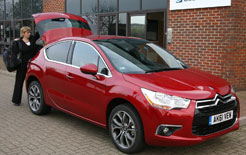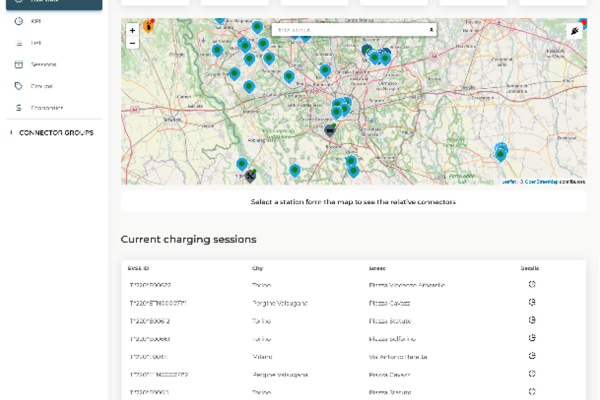
This includes where to find cheaper fuel, driving techniques that help reduce fuel usage, and measures for improving the efficiency of the vehicle.
With the escalating cost of fuel and general economic downturn, cutting costs is top of the agenda for small businesses.
But there are some really simple steps that drivers can take to help reduce the amount of fuel they use. This could help manage the rising cost of running business cars, with the added benefit of reducing the environmental impact.
Planning ahead is key – whether it’s making sure you get fuel before hitting the motorway and avoid having to pay service station prices, or effectively planning your journey to avoid excess mileage.
Lloyds TSB Autolease’s 10 steps to reduce your fuel bill:
1 Find cheaper fuel: Visit www.petrolprices.com to find the cheapest fuel in your area. The website lists the most up to date prices for nearly 10,000 UK forecourts. Simply put in your postcode and find the cheapest unleaded, diesel, LPG and other fuels nearest to you.
2 Keep your vehicle in good shape: A regularly serviced car will be more efficient on fuel. Only use the recommended fuel and oil for your vehicle for best fuel efficiency as specified in your vehicle handbook.
3 Check your engine revs: Accelerate gradually without over-revving. Speed up smoothly; when you press harder on the accelerator more fuel flows, but you can reach the same speed using much less power. A good rule is to try to change up a gear before 2,500rpm (petrol) and 2,000rpm (diesel).
4 Anticipate road conditions to drive more efficiently: Drive smoothly; avoid sharp acceleration, heavy braking. This saves fuel and reduces accident rates. Drive off as soon as you start up and switch off the engine as soon as you reach your destination. Switch off the engine if you’re at a standstill for a reasonable amount of time.
5 Stick to the speed limits: The most efficient speed depends upon the vehicle in question but is typically around 55-65mph. Faster speeds will greatly increase your fuel consumption. When you’re driving on motorways, stick to the speed limit.
6 Remove accessories: Such as roof racks, bike carriers, and roof boxes which significantly affect your car’s aerodynamics and reduce fuel efficiency. The lighter your car, the less effort needed to accelerate. A roof rack, even unused, adds massive wind resistance to a car, increasing drag and making the engine work harder. Keep windows and sunroofs shut when driving on motorways, and don’t carry unnecessary items in your vehicle including those inside the boot.
7 Avoid unnecessary journeys: For short journeys, leaving the car behind and walking or cycling will benefit your wallet, as well your health and the environment. A cold engine uses almost twice as much fuel, and catalytic converters can take five miles to become effective. So consider whether you need to drive in the first place.
8 Journey planning: Use satellite navigation to plan your route, avoiding congestion, road works and taking wrong turns. If you don’t have access to a sat nav system, look on the internet before you set off for route planning and traffic information. Look at the routes you frequently take and assess whether there are less congested roads you could use. They might add miles to your journey but, if they cut out stop-start motoring, it could save you money.
9 Check your tyre pressures regularly: Under-inflated tyres are not only dangerous and increase wear, but can also increase fuel consumption. On most modern cars, the tyre pressures are stated on the inside of the fuel flap.
10 Turn off the air con: Air conditioning can also increase fuel consumption, so make sure it’s turned off unless you really need it. The same applies to climate control, although this does not use as much fuel as manual air conditioning systems.







